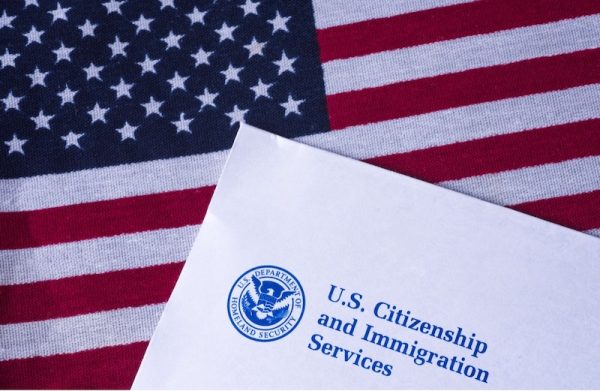A new law effective October 19, 2020, increased the fee for premium processing requests from $1,440 to $2,500 for almost all filings, except those for nonimmigrant worker petitions requesting H-2B or R-1 nonimmigrant status. For the latter, the fee increased from $1,440 to $1,500. The new law also gives U.S. Citizenship and Immigration Services (USCIS) the ability to expand premium processing to additional forms and benefit requests, but USCIS is not yet taking that action.
Premium processing service allows petitioners to pay an additional filing fee to expedite adjudication of certain forms, “generally” within 15 days. It is notable that 15 days used to be guaranteed but now is merely a target. Filings postmarked on or after October 19, 2020, that include the incorrect fee will be rejected and returned.
In May 2019, USCIS began premium processing for fiscal year (FY) 2020 cap-subject H-1B petitioners requesting a change of status on Form I-129, Petition for an Immigrant Worker. Without premium processing, H-1B adjudications can take 8 to 12 months. Premium processing is also available for several other visa categories. A USCIS chart lists the forms, designated classifications within each form type, and current availability and termination dates for premium processing service.
For derivatives, such as family dependents of nonimmigrants, including spouses, USCIS no longer provides concurrent premium processing of their applications for extension, and their work authorizations are not prioritized either. Processing times can be lengthy. According to reports, on a stakeholder call USCIS blamed new biometrics appointments (required by a new version of the Form I-539, Extend/Change Nonimmigrant Status), which can take 3 weeks, for this change since 15 days can no longer be guaranteed.
So far, President-elect Biden has not yet issued any information on what his administration will do with premium processing or whether USCIS will expand the service to additional forms and benefit requests.
More Information
- “Premium Processing Fee Increase Effective Oct. 19, 2020,” https://www.uscis.gov/news/premium-processing-fee-increase-effective-oct-19-2020
- USCIS information on premium processing, including eligibility and visa categories, https://www.uscis.gov/forms/all-forms/how-do-i-request-premium-processing
- USCIS announcement on resuming premium processing for H-1B petitions, https://www.uscis.gov/news/alerts/uscis-resumes-premium-processing-for-all-h-1b-petitions
- “How to Make an Expedite Request,” USCIS, https://www.uscis.gov/forms/forms-information/how-to-make-an-expedite-request
- Premium processing form, https://www.uscis.gov/i-907


